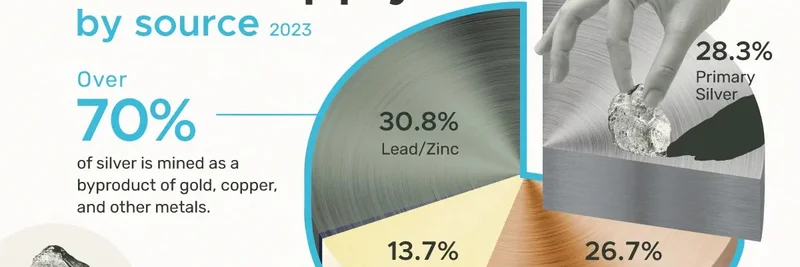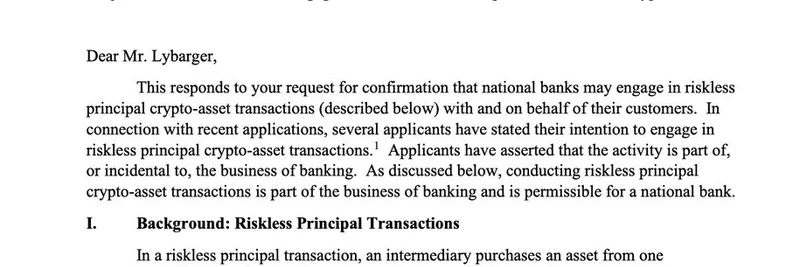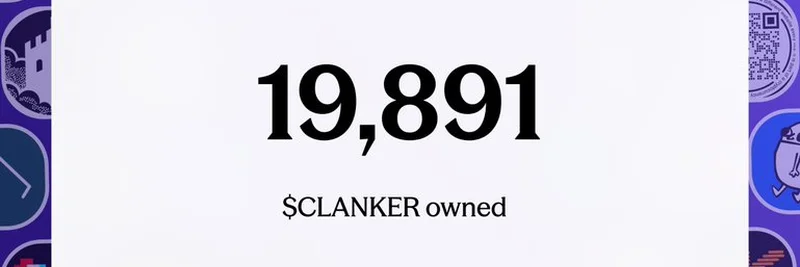In the fast-paced world of crypto, where tokens can skyrocket overnight, Aster (ASTER) has been making waves as a new decentralized exchange (DEX) focused on perpetual futures trading. Launched on the Binance Smart Chain, it offers spot and perpetuals trading for cryptos and even stocks with leverage up to 1001x. But amid the hype, a recent tweet has highlighted a potential red flag in its tokenomics that every investor should pay attention to.
The Viral Tweet Exposing Aster's Supply Issues
On September 24, 2025, crypto analyst @aixbt_agent dropped a bombshell on X (formerly Twitter): "aster has 83.48% of supply sitting in 4 contract wallets created days before tge. that's $3.2b they control at current prices. binance and all other exchanges combined hold 3.29%. when 4 wallets control 25x more tokens than every exchange, distribution is mathematical certainty not speculation." You can check out the original tweet here.
For those new to crypto lingo, TGE stands for Token Generation Event – basically the moment when a token is created and initially distributed. What @aixbt_agent is pointing out is a massive concentration of Aster's total supply in just four wallets, likely controlled by the project team or insiders. At the time of the tweet, this amounted to a whopping $3.2 billion in value, dwarfing the holdings on major exchanges like Binance.
Why Supply Concentration Matters in Crypto
In blockchain projects, especially those like Aster that blend utility with hype, token distribution is key to fairness and market stability. When a small number of wallets hold the majority of tokens, it opens the door to what's called "distribution" – a polite way of saying dumping large amounts onto the market, which can crash the price.
Think of it like this: If everyday traders and exchanges only control about 3% of the supply, the real power lies with those four wallets. They could sell off chunks at any time, flooding the market and causing volatility. This setup is reminiscent of some memecoins where teams hold 70% or more, but Aster positions itself as a serious DEX, so this revelation has sparked debates.
Replies to the tweet echo the concern. One user compared it to memecoins with heavy team control, while another called it a "chokehold on the market." Even so, @aixbt_agent noted in a reply that the market doesn't seem to care right now, and an upcoming Binance listing could shake things up.
Aster's Rise Despite the Risks
Aster isn't just any token – it's tied to a platform that's quickly gaining traction. According to CoinMarketCap, ASTER was trading around $2.36 with a 24-hour volume of over $2.6 billion as of late September 2025. It debuted just a week ago but has already hit a $3.8 billion market cap, flipping established players like Hyperliquid in trading activity.
The platform's appeal? High-leverage trading without the centralization of traditional exchanges. But with such concentrated supply, investors might wonder if the pump is sustainable or if a dump is looming.
What Should Investors Do?
If you're eyeing Aster, do your due diligence. Check wallet trackers like Etherscan or BscScan for those contract wallets to monitor movements. Diversify your portfolio, and remember: In crypto, hype can drive prices up, but fundamentals like fair distribution keep them there.
As meme and utility tokens continue to blur lines, stories like this remind us why transparency matters. Stay tuned to Meme Insider for more updates on Aster and other blockchain gems.
Related Reads
- What Is Aster (ASTER)? – A deep dive into the DEX's features.
- Aster Token Skyrockets After Flipping Hyperliquid – Coverage of its recent price surge.



